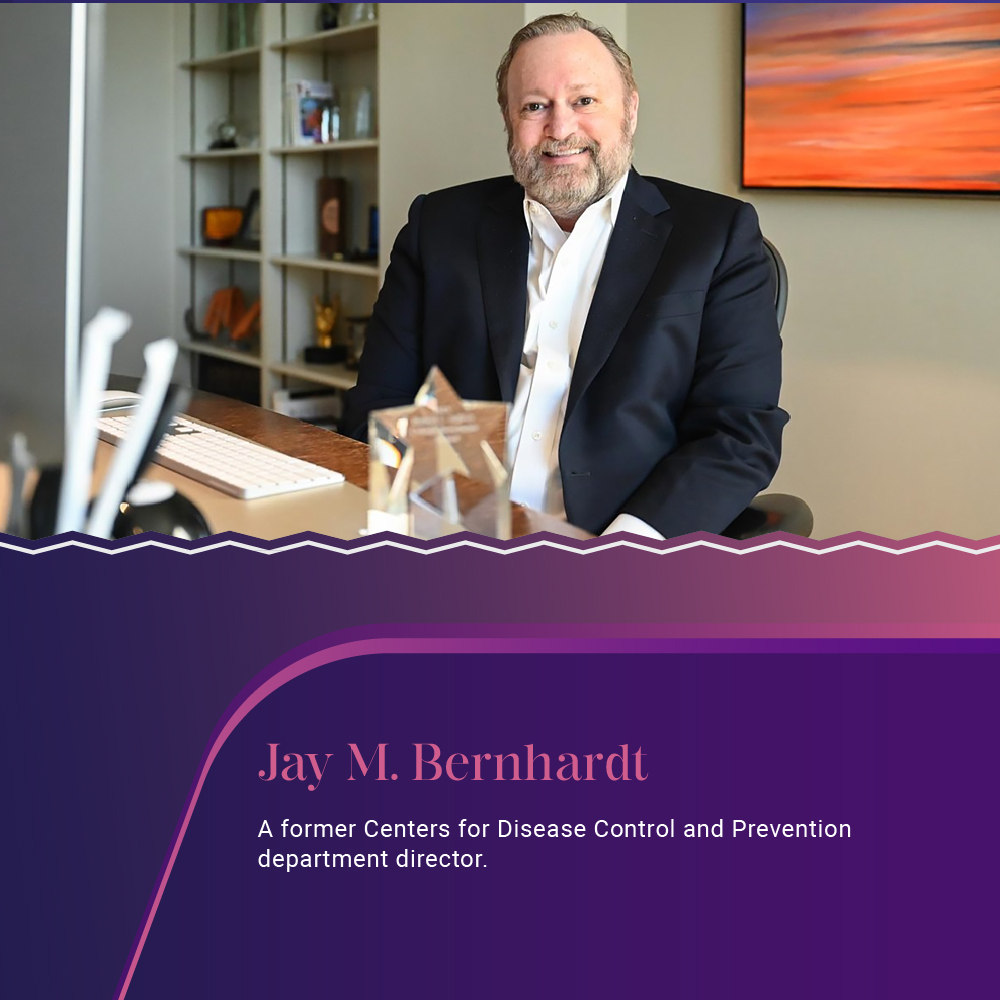
Effective health communication in education fosters student wellness and promotes healthy behaviors. As a teacher, you play a vital role in helping students understand and manage their health. Whether discussing physical well-being, mental health, or nutrition, using the right communication strategies ensures that students receive clear, relatable, and actionable information. This article will explore key health communication strategies that every teacher should know to impact students’ health education positively.
Know Your Audience and Tailor Messages
Understanding your students is the first step in effective health communication. Different age groups, cultural backgrounds, and educational levels require tailored approaches. Health topics that resonate with older students need simplification for younger audiences, while cultural sensitivities can influence how health messages are received.
For example, younger students may benefit from simple, visual messages with plenty of examples and interactive elements. These include storytelling, videos, or hands-on activities like role-playing scenarios. Older students, especially in high school, might prefer more detailed discussions that involve real-world data and scientific backing. In addition, being aware of students’ cultural or religious backgrounds is important, as some health topics—like nutrition or sexual health—may require a more nuanced approach. When teachers tailor their health communication to meet these diverse needs, students are more likely to understand and apply what they’ve learned.
Use Clear and Simple Language
When communicating health information, clarity is key. Health topics can be complex and laden with medical jargon, confusing students and hindering their understanding. Simplifying these topics and avoiding technical terms makes the information more accessible and memorable.
For example, instead of explaining the cardiovascular benefits of exercise using medical terminology, teachers can simplify the message by saying, “Exercise helps your heart stay strong and healthy, which means you’ll have more energy and feel better every day.” Breaking down health concepts into bite-sized, relatable pieces helps students better understand the material. Furthermore, reinforcing these simplified messages with visual aids like diagrams, videos, or posters can make the learning experience more effective.
Incorporate Interactive Learning Techniques
Students are more likely to engage with health information when they’re actively involved in the learning process. Interactive learning techniques make health education more interesting and allow students to practice the skills they’re learning. Role-playing, group discussions, and hands-on activities can impact health communication.
For example, in a lesson about mental health, students could participate in role-playing activities where they practice managing stress or helping a friend in need. For physical health topics, activities like tracking steps, setting fitness goals, or even preparing healthy snacks in the classroom can make the lessons more relatable and actionable. By incorporating interactive techniques, teachers encourage students to take ownership of their health and apply the information in real-life settings, reinforcing the lessons in meaningful ways.
Create an Open and Supportive Environment
Health communication often involves sensitive topics, such as mental health, body image, or substance abuse. It is crucial to create an open and supportive classroom environment where students feel safe discussing these issues. Encouraging students to ask questions and share their thoughts without fear of judgment fosters trust and promotes deeper engagement.
Setting ground rules for respectful communication and offering opportunities for anonymous questions—whether through a suggestion box or online form—can help students feel more comfortable expressing their concerns. Teachers should also remain approachable and empathetic, genuinely caring for students’ well-being. When students feel supported, they are more likely to engage with health topics and take steps to improve their health. Additionally, creating an environment where mental health is normalized helps reduce stigma and encourages students to seek help when needed.
Leverage Technology for Health Communication
Technology offers valuable tools to enhance health communication in the classroom. From educational apps to interactive websites, technology can provide students with personalized health information, track their progress, and keep them engaged outside of class. Many students are already comfortable using technology, making it an effective medium for delivering health education.
For example, teachers can incorporate health-tracking apps that allow students to monitor their exercise habits or nutritional intake. Apps like MyFitnessPal or Nike Training Club make it easy for students to set health goals and stay accountable. Additionally, video platforms like YouTube or TED Talks can offer engaging content on topics ranging from mental health to nutrition, providing students with visual, real-world examples of health concepts. Social media platforms can also be used to share health tips, promote wellness challenges, or foster peer support, creating a community around health education.
Every teacher plays an important role in shaping the health and well-being of their students through effective communication. Teachers can make health communication more engaging and impactful by understanding the audience, using clear language, incorporating interactive learning, creating a supportive environment, and leveraging technology. These strategies ensure that students understand health information and feel empowered to apply it in their daily lives, leading to healthier, more informed individuals. As health communication continues to evolve, teachers will remain at the forefront of promoting wellness and guiding students toward better choices and lifelong healthy habits.